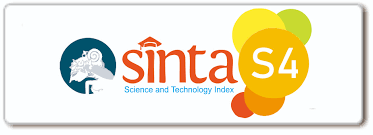The Effect Of Mind Mapping Technique Towards Students’ Strategy in English Writing Skill at Tenth Grade of SMK Nur Hasanah 2 Medan
DOI:
10.47709/ijeal.v3i2.2737Kata Kunci:
Mind Mapping Techniques, students’ strategy, writing skillsDimension Badge Record
Abstrak
This study aims to determine the improvement achieved by students in their English writing skills by using the mind mapping technique. This research was conducted by applying quantitative research methods and experimental research designs consisting of pre-test, treatment and post-test to improve students' English writing skills using the mind mapping technique in class X SMK Nur Hasanah 2 Medan. The instruments used were descriptive text writing materials based on the topics given, written tests, mind mapping techniques that were corrected by students and lesson plans. To assess students' ability to write descriptive text, several criteria are used. The cumulative score ranges from (0-100). To determine student achievement in writing there are several criteria that are considered to have five scales of assessment components namely content, organization, vocabulary, use of language, and mechanism. After analyzing the data, it was concluded that there was a significant effectiveness of using the mind mapping technique on students' writing skills. The findings show that the t (effect) score is 1.801. Therefore, the effect of using the mind mapping technique has a significant effect on student achievement in writing skills.
Unduhan
Abstrak viewed = 118 times
##submission.downloads##
ARTICLE Diterbitkan HISTORY
Cara Mengutip
Terbitan
Bagian
Lisensi
Hak Cipta (c) 2023 Rini Surya Ningsih, Asnawi Asnawi

Artikel ini berlisensi Creative Commons Attribution-NonCommercial 4.0 International License.














